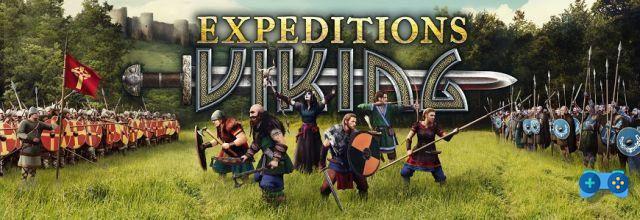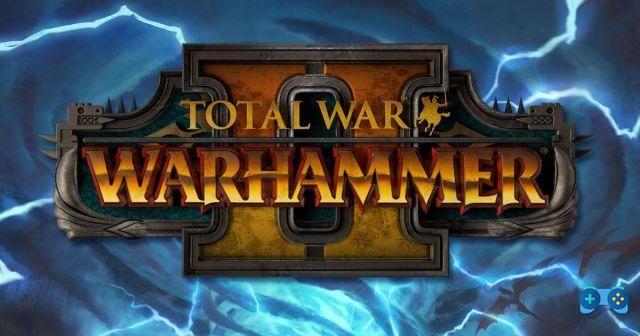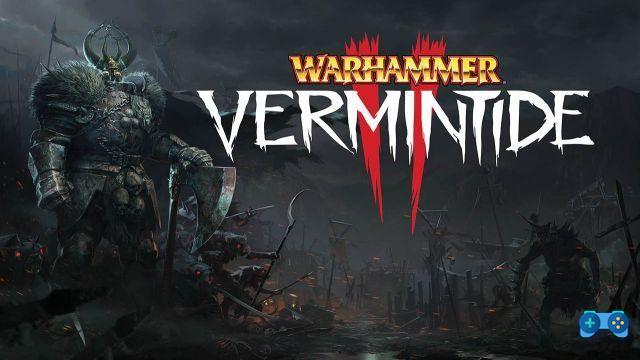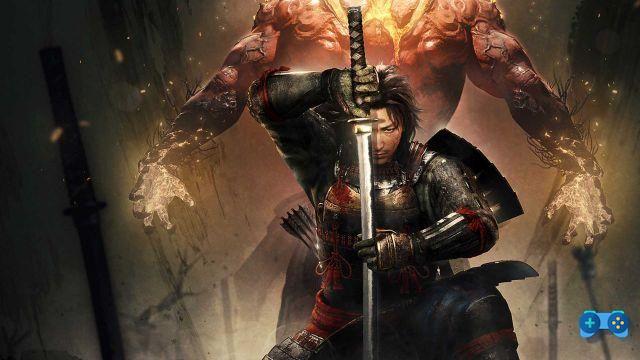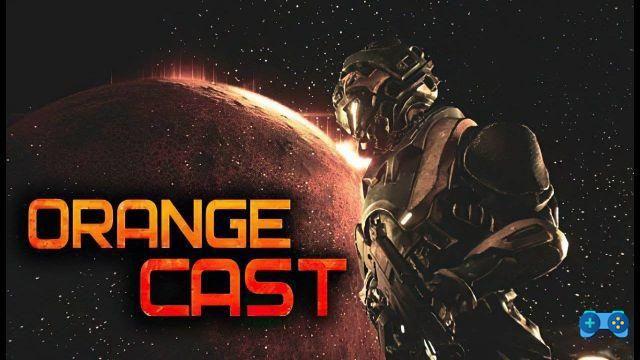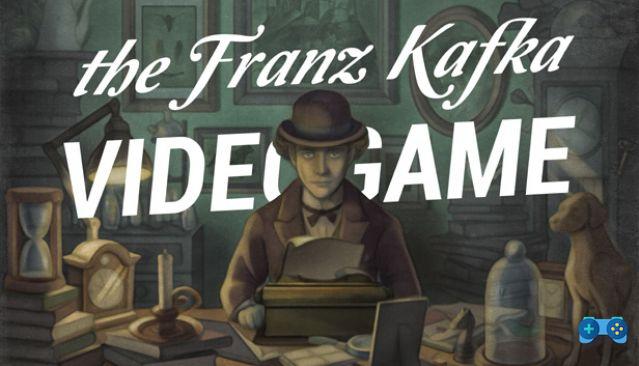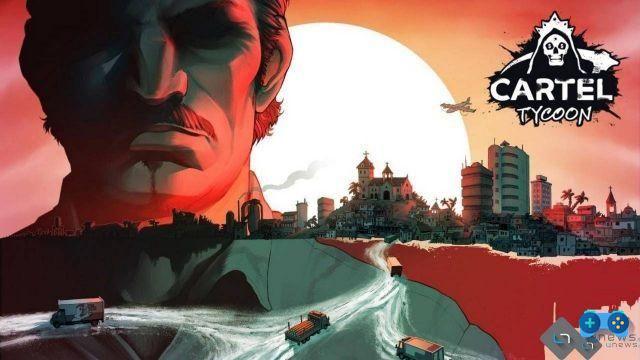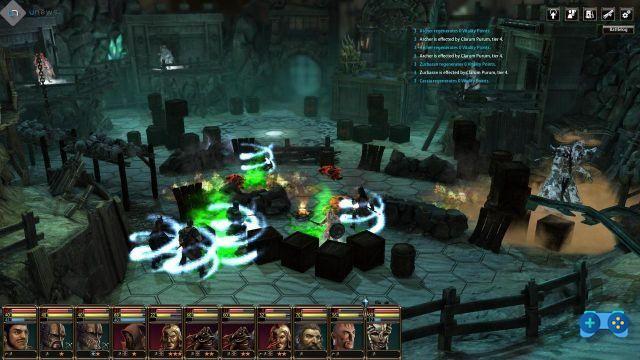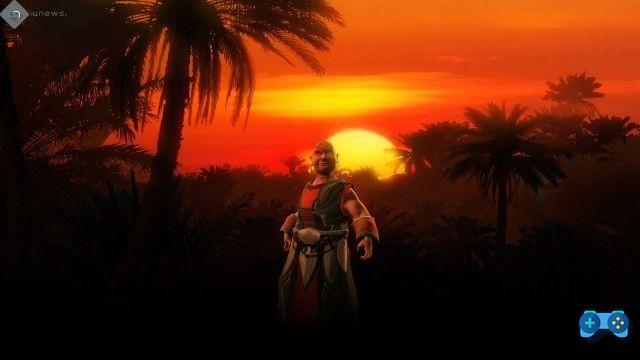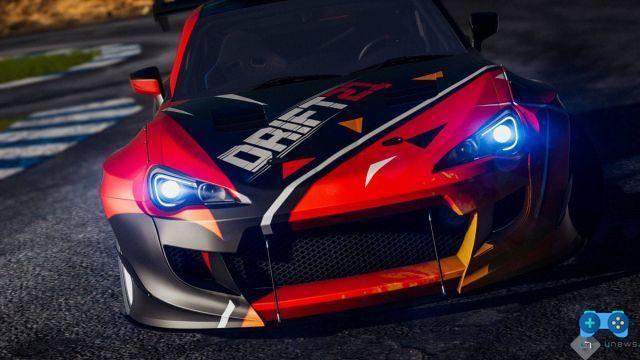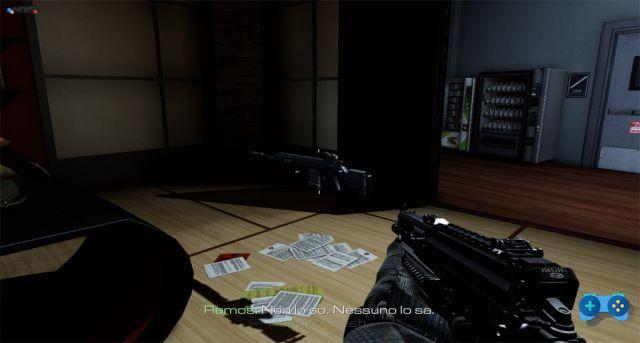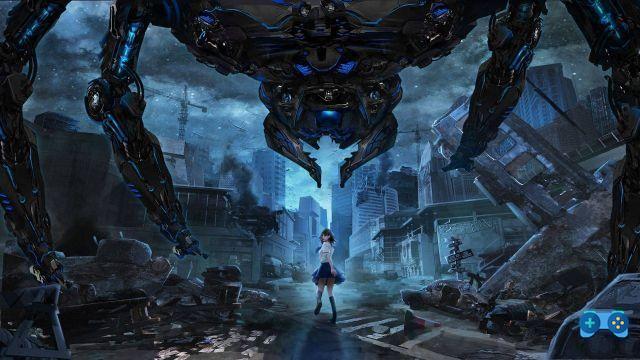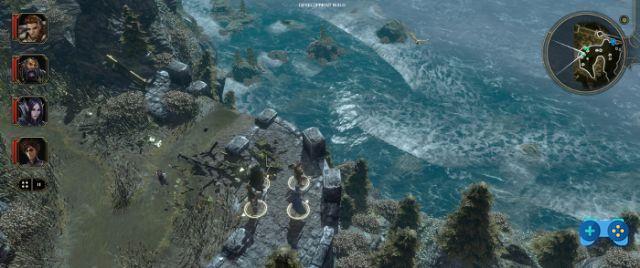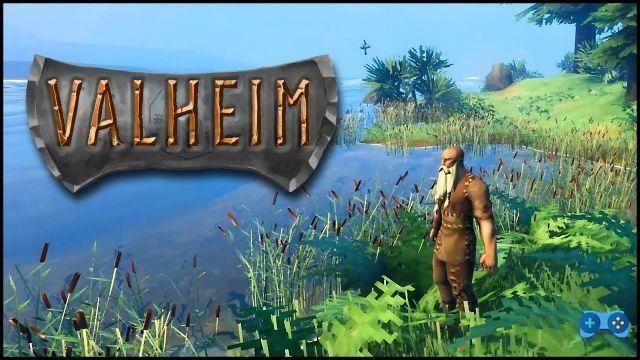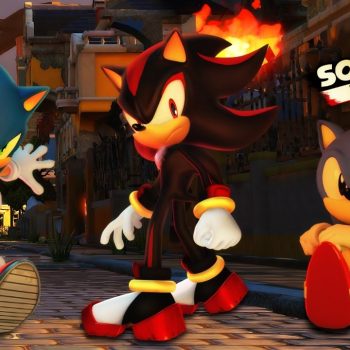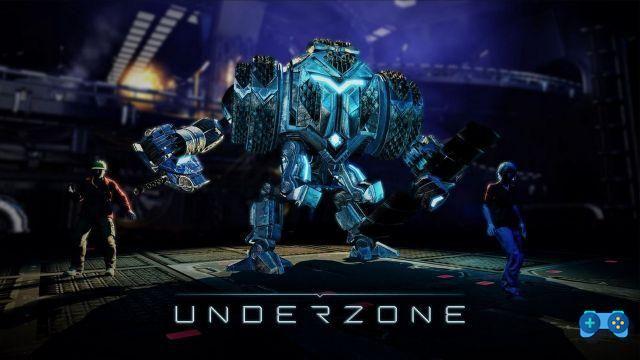
The genre of the Twin Stick Shooter, a shooter in which the protagonist moves with one lever and shoots with the other, admits many particular variations. And almost all of them go well with the “Roguelite” setting, that is, proposing a game in which if you die you start from scratch, but retaining significant advances and improvements achieved in the previous game. Underzone proposes this formula with an elegant graphic design and with a theme that we could consider that of a sort of “Choplifter Sci-Fi”. But, why not, even a little "Resogun underground".
Version tested: PC
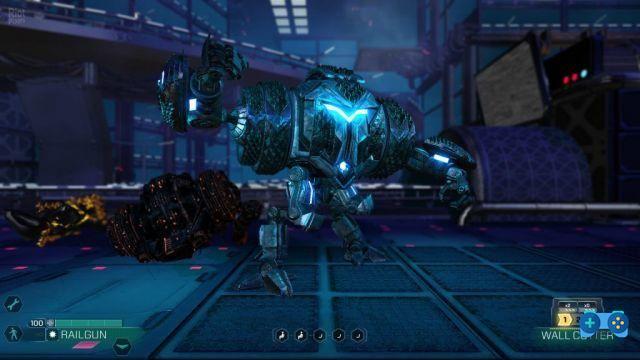
London underground in the XNUMXnd century
The first thing that strikes you of Underzone is that, to be an indie product, it presents itself extremely accurate in the "outline" aesthetics. The presentation introduces us to an interesting science fiction context, in which Humanity is expanding into the solar system. This happens thanks to the confederation known as Solar Reach, which united nations after the collapse of the United States in the twenty-first century, coordinating all international efforts for the "race to the stars". Solar Reach also it deals with mining operations in space and to manage relations with extraterrestrials, whose presence in the solar system is ascertained, even if hidden from most.

In 2123 a nuclear disaster strikes London, causing twenty million victims and forcing the survivors to take refuge underground, in a complex underground structure called Underzone. As the solar system trembles, on the verge of potential conflict, the Solar Reach announces a rescue operation to extract the survivors of the London disaster from the underground and, to do so, uses a cutting-edge technological discovery: a mech known as a "mole". Remotely operated, the mech-mole it is capable of digging and drilling walls with an auger, but it can also accommodate inside it up to five passengers and be equipped with shields and armaments to counter various forms of armed threat.
In the role of the pilot who commands the mech remotely, the player is called to explore tunnels and underground environments of an "Underzone" procedurally generated at every game, fighting against drones of unknown origin that infest the rooms, recovering the survivors and bringing them to safety towards extraction areas. At the same time, it will also have to collect and collect information on the origins of the disaster and its potential link to a covert mining operation taking place in space.
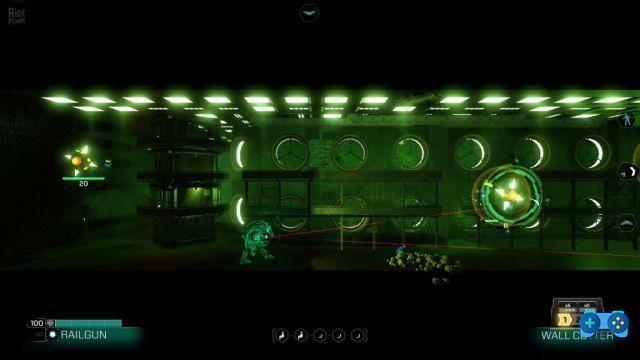
Rescue mission in the Underzone
The gameplay of Underzone points to a simple and effective scheme, intuitive but captivating, trying to be inspired by what usually happens in the titles of Housemarque. In doing so, as we shall see, the game of Sixth Realm it only partially hits the target, even if what comes out of it is still a quite pleasant experience.
First of all, it must be said that the game it lacks a proper tutorial and the player finds himself a bit abandoned to himself in understanding the dynamics and the various aspects that are essential for conducting a "run". For example, even if the commands are briefly explained at the beginning, the use of the map and how to navigate within it are not explicitly clarified and it is necessary to learn them in the field, at the cost of trial and error which can be a little frustrating.
The game is divided into a succession of rooms (the map is procedurally generated and changes from game to game, even if some elements are fixed), which can be accessed by digging and opening breaches in the walls. Inside the rooms there are gods enemies to defeat, survivors to find or even simply scrap and information to be collected. Scrap, which can also be recovered by killing enemies, is a sort of currency that can be spent to buy, in special workshops (workshops) ammunition for weapons, repair kits and other upgrades whose projects have been unlocked. Gathering the survivors and bringing them to safety, they will earn experience points instead, which can be spent at the end of the game to upgrade some mech features (such as hull strength or armor) for the next game. Even the progression mechanism, although simple, it is not properly explained and it is necessary to learn it on the road.
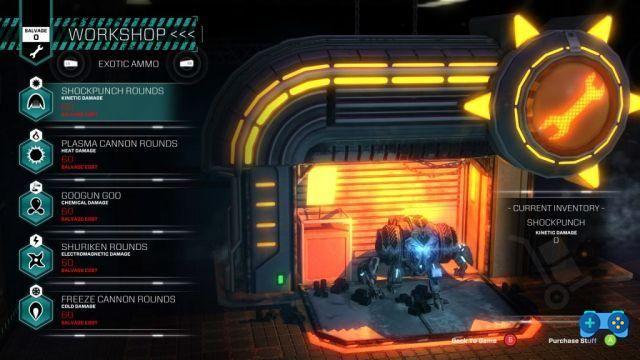
Battle in the Underzone
Combat with enemies happens with the dynamics of a twin stick shooter: the mech can move horizontally and vertically, shoot enemies with different types of weapons (more or less effective) and shield itself from their attacks with a shield. The integrity of the hull can be repaired with kits purchased from workshops in exchange for scrap, but the repair process it takes a few seconds, during which you are vulnerable to enemy attacks.
The opposing drones they come in different varieties, from simple "kamikaze" who try to explode in the vicinity of the mech, causing damage, to those capable of launching missiles or "summoning" other drones. At the end of each zone and at the beginning of the next it is possible that new varieties of drones are introduced or that the pre-existing ones "evolve", becoming stronger, more resistant or aggressive.
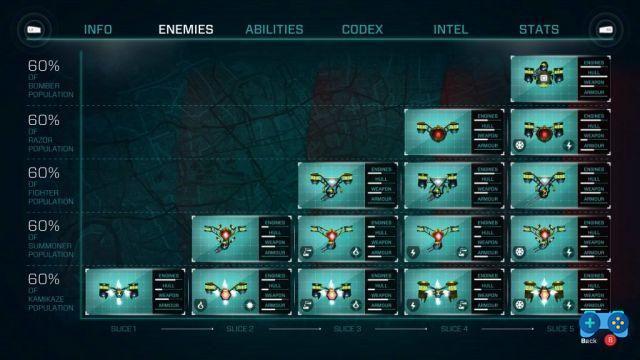
What compromises the enjoyment of the experience a bit is the relative "slowness" with which we proceed in the first areas, the vastness of the rooms and the substantial repetitiveness of the whole even if the map is always different and the impact of progress from one game to another is tangible. The duration of a run can vary from a few tens of minutes to several hours and, unlike what happens in other similar games, it is not possible to interrupt it in the middle without losing the progress gained.
More or less advanced technology
From a graphical point of view, the game is quite accurate. The interface is elegant, the intermission sequences are well done and also the environments that make up theUnderzone e the design of the enemy drones leave nothing to be desired for a debut product. What is most striking, given the type of production, is the depth of the "lore", the setting, the relevance of the information to be discovered while you go around the underground to pick up the survivors.
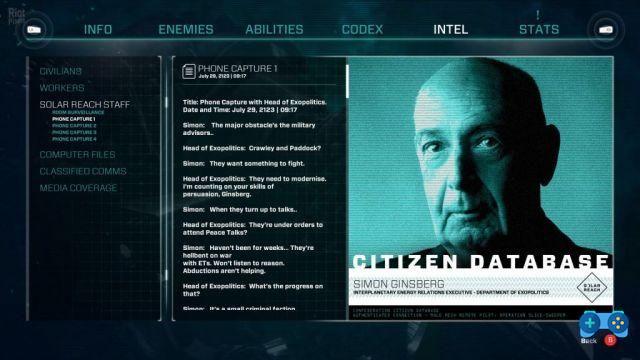
Whether they are historical data aimed at providing information on the evolution of things in the twenty-first century and on the events that led to the current situation, or real clues that help to discover the origin of the disaster and the origin of the enemies that populate the Underzone, all information is neatly collected in a database which can be freely consulted at any time. The robotic voice inside the mech will recite the substantial pieces of information reported in the various sections of the database, which in addition to the story and the setting, they also describe details on the technologies and weapons employed. The rest of the dubbing and sound, unfortunately, appears rather limited, with survivors' phrases bordering on annoying (since they are repeated very often and are all the same), adequate but not exceptionally inspired battle noises and an average soundtrack, suitable for the purpose but not particularly incisive.
Despite this, the care taken in providing the “central idea” of the game with an interesting aesthetic appearance is evident, both from a graphic point of view and as regards the surrounding history. The game engine is smooth and even if every now and then some visual bug corrupts the filmed sequences (for example not making the survivors appear as they get on and off the mech) and the details of the scenario do not appear so exciting when framed in a "close-up" way, it can be said that Underzone passes the technical exam with more than just a pass. Something that doesn't happen every day, in an indie environment; and even less in the titles that constitute the first work of a study.
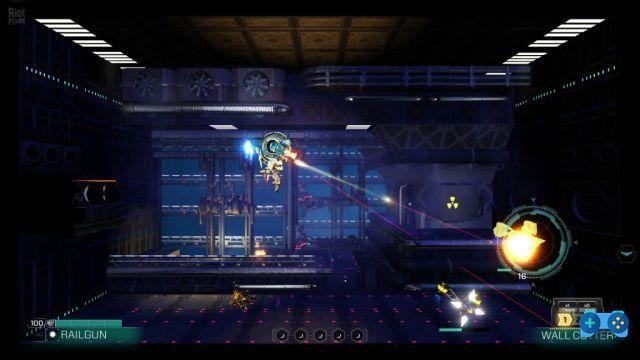
Final Comment
Underzone is an honest roguelite who tries to be inspired by the sumptuous productions of Housemarque. While only partially succeeding, does not fail to offer a solid and fun game structure, with a decidedly refined aesthetic impact (even if not flawless), especially for a debut production. The story and "lore" behind the purely playful context are intriguing enough to generate interest in progressive exploration and motivate the player to go further and further.
Unfortunately also the “roguelite” soul and the procedural generation of levels they do not save the game from a basic repetitiveness, which occurs mainly on medium and long distances, where in the very short term one almost total absence of a tutorial it does not help the player to settle properly. It must be said, however, that the game knows how to reward the perseverance of those who undertake to understand it and overcome the monotony of the levels with relatively captivating gameplay it's a progressive and satisfying revelation of the mysteries of the story.




